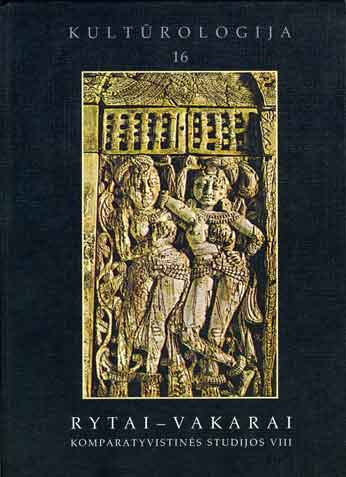Komparatyvistinės andré malraux meno filosofijos ištakos
The Sources Of André Malraux’s Comparative Philosophy Of Art
Author(s): Žilvinė Gaižutytė-FilipavičienėSubject(s): Cultural Essay, Political Essay, Societal Essay
Published by: Lietuvos kultūros tyrimų
Keywords: André Malraux; philosophy of art; psychology of art; imaginary museum
Summary/Abstract: In this article the main attention is paid to the origins of the philosophy of art of French writer, art philosopher André Malraux (1901–1976). The article deals with author’s orientalistic Experience in 2 early novels: “Temptation of West” (1926) and “The Royal Way” (1930). The first of them explored the parallels between Eastern and Western culture. The work was set on the early stages of the Chinese revolution and focused on the exchange of letters between a young European and a young Asian intellectual. The second novel set in the Indochinese jungle. The book was largely a dialogue on death; it was one Malraux’s main themes. This oriental experience of writer and absorbed oriental culture formed the original conception of imagery museum or museum without walls, which is like a museum in the mind, comprising the art of past centuries and civilizations. Article deals with Malraux’s main ideas of psychology of artistic creation. Art always comes from previous art although sometimes this relation is difficult to understand. This idea explains the conception of Malraux’s art history: history of art is continuous repetitions, revivals and ruptures of forms.
Journal: Kultūrologija
- Issue Year: 2008
- Issue No: 16
- Page Range: 300-316
- Page Count: 17
- Language: Lithuanian

